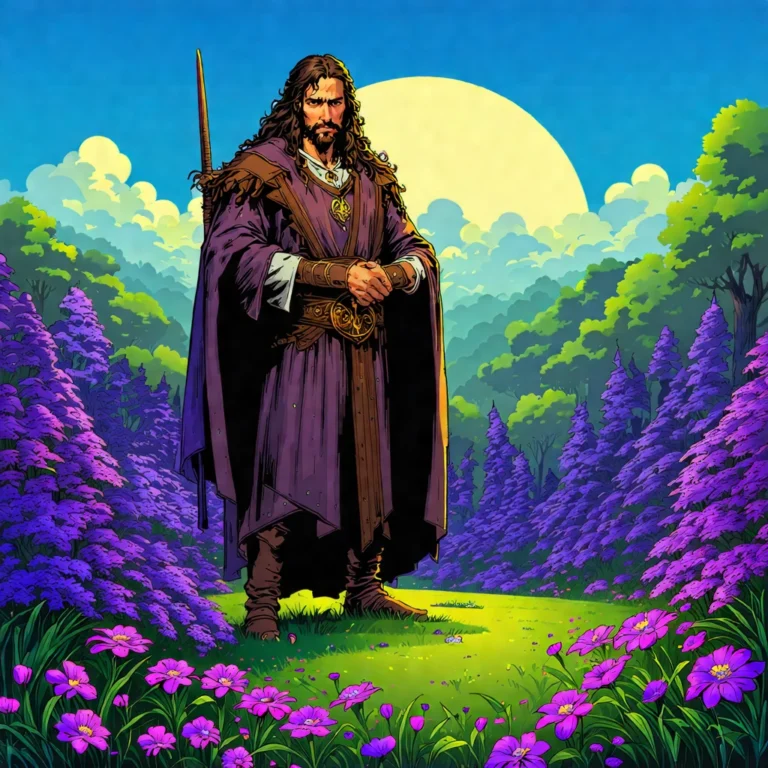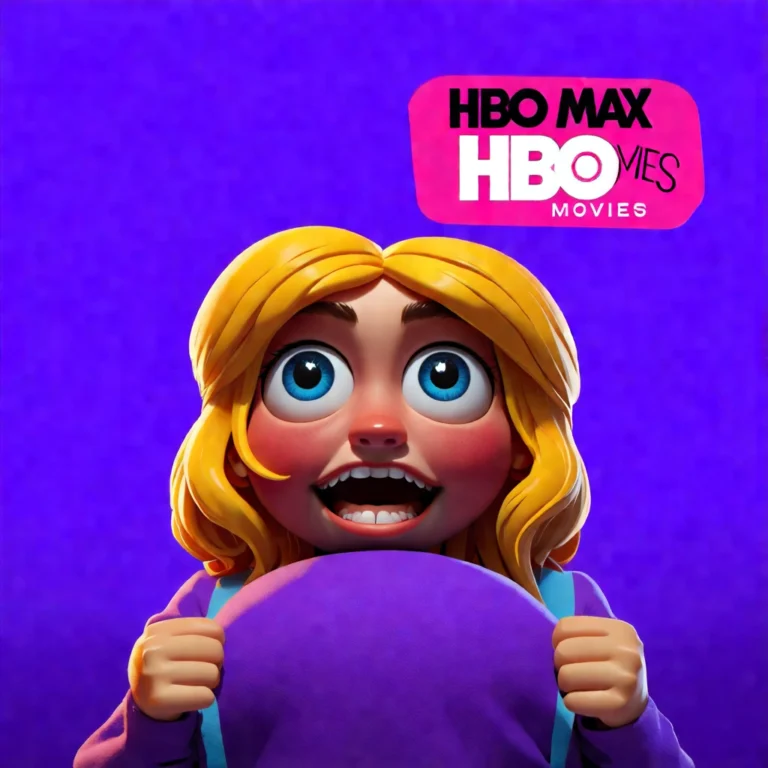Guillermo del Toro’s Stunning Warning: AI Art’s Dark Future
Guillermo del Toro’s stunning warning about AI art’s dark future has ignited fierce debates across the creative community and beyond. The acclaimed filmmaker and visionary artist, known for his intricate storytelling and devotion to practical effects, has emerged as one of the most vocal critics of the unchecked rise of artificial intelligence in the world of art. His insights aren’t just a peripheral comment—they cut to the core of what it means to create, to inspire, and ultimately, to humanize artistic expression.
The Rise of AI Art: Promise and Peril
AI art represents a fascinating frontier where technology intersects with creativity. Algorithms can now generate complex images, mimic styles of legendary painters, and even invent new visual languages in seconds—a process that traditionally took human artists years of study and countless hours. This technological marvel, however, is not without its darker implications.
Del Toro has been clear in his warning: while AI art may democratize creativity on one level, it threatens the soul of what art truly is. He argues that the mechanization of artistry risks erasing human experience—those emotions, histories, and imperfections that breathe life into a piece. When art becomes a machine’s output, the risk isn’t merely about employment for artists; it’s about erasing the cultural and emotional lineage that connects generations.
Guillermo del Toro’s Stunning Warning About Artistic Authenticity
At the heart of del Toro’s concern is the issue of authenticity. How genuine can AI-generated art be if it’s created from data mined from countless human-made artworks, often without consent or compensation? This form of “creative cannibalism” raises profound ethical questions.
Del Toro, whose films often explore themes of mythology, memory, and the grotesque beauty of imperfection, sees AI art as a threat to these very values. The uniqueness of human creativity—flawed, unpredictable, deeply personal—is at risk of being replaced by slick, mass-produced, soulless images churned out by algorithms. This isn’t just about copyrights or intellectual property; it’s about the fundamental nature of art as a human endeavor.
The Economic Impact: Who Really Benefits?
Another controversial facet of del Toro’s warning lies in the economic repercussions of AI art. While the technology promises widespread access to creative tools, the benefits may disproportionately favor tech corporations rather than artists themselves.
AI platforms often train on vast databases of artwork without paying original creators, then sell or license AI-generated images for profit. This practice undermines artists’ livelihoods and devalues original work. Del Toro’s warning serves as a call to question the structure of this evolving marketplace and to consider who controls creative output—and who ultimately profits.
Is AI Art the Death of Originality?
Critics of del Toro, and others who share his concerns, often face the counterargument that AI art is simply another evolution in artistic tools—much like photography or digital editing in the past. However, del Toro’s warning goes deeper, emphasizing that AI art crosses a line: it doesn’t just assist creativity, it replaces the creative act itself.
This raises a chilling question. If AI can generate believable, aesthetically pleasing artworks without human input, where does that leave artists? Are they destined to become curators of algorithmic output rather than true creators? Del Toro’s warning implicitly predicts a cultural shift where originality is overshadowed by algorithmic replication—potentially leading to a homogenized visual landscape devoid of innovation.






